Cyclone Dust Separator Using DPM CFD: A Fluent Validation Tutorial
Cyclone Dust Separator Using DPM CFD: A Fluent Validation Tutorial
- Upon ordering this product, you will be provided with a geometry file, a mesh file, and an in-depth Training Video that offers a step-by-step training on the simulation process.
- For any more inquiries regarding the product, please do not hesitate to reach out to us at info@CFDLAND.com or through our online support assistant.
€240 Original price was: €240.€199Current price is: €199.
Cyclone separators are essential machines in many industries, used to clean air or gas streams by removing solid dust particles. They work using a simple but powerful idea: creating a strong swirling flow that uses centrifugal force to throw particles out of the gas. To study and improve these devices, a Cyclone Dust Separators Using DPM CFD simulation is the best tool. The Discrete Phase Model (DPM) allows us to track thousands of individual particle paths. However, before we can trust our simulation, we must first prove it is accurate. This report details a Cyclone Validation CFD study where our results are carefully compared to the numerical data from the reference paper, “Effect of varying diameter on the performance of industrial scale gas cyclone dust separators” [1].
- Reference [1]: Brar, L. S., and R. P. Sharma. “Effect of varying diameter on the performance of industrial scale gas cyclone dust separators.” Materials Today: Proceedings4-5 (2015): 3230-3237.
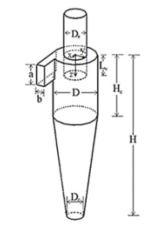
Figure 1: The schematic of the cyclone separator used in this Cyclone Separator CFD analysis [1].
Simulation process: Modeling the Cyclone DPM Fluent Simulation
The simulation began by creating the 3D geometry of the cyclone separator. This geometry was then filled with a high-quality mesh of 657,478 polyhedral cells using ANSYS Fluent Meshing. A good mesh is the foundation for an accurate result.
To model the complex physics, the Reynolds Stress Model (RSM) was chosen for turbulence. RSM is the best choice for this problem because it is very accurate at predicting strongly swirling flows, which is exactly what happens inside a cyclone. The dust particles were modeled using the Discrete Phase Model (DPM), which allows the Cyclone DPM Fluent simulation to track each particle individually. To make it realistic, the simulation included turbulent particle dispersion using the random walk model, and the particle sizes were varied using the Rosin-Rammler distribution model.

Figure 2: The high-quality polyhedral mesh used for the Cyclone Validation fluent simulation.
Post-processing: CFD Analysis, Validating the Flow and Analyzing Separation
The first and most critical step is to prove that our simulation correctly models the air’s behavior. The results must be validated against trusted data. Figure 3 shows the core of our Cyclone Validation CFD analysis. It compares the axial and tangential velocity profiles from our simulation (the lines) against the numerical data from the reference paper (the dots). The lines and dots match almost perfectly. This excellent agreement proves that our CFD model, especially the choice of the RSM turbulence model, accurately captures the fluid dynamics. This validated flow field, with its characteristic double-vortex structure, is the “cause” of the entire separation process.
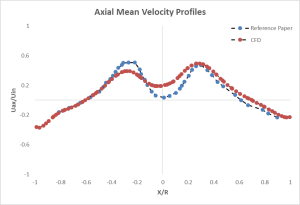
Figure 3: The Cyclone Validation CFD graph, showing the excellent match between our simulation’s velocity profiles and the reference paper’s data.
With the airflow model now validated and trusted, we can analyze its direct “effect” on the dust particles. The velocity streamlines in Figure 4 visualize the powerful, high-speed outer vortex that spirals down the cyclone wall. The Cyclone DPM-CFD model shows that this intense vortex creates a strong centrifugal force that acts on the dust particles. This force is much stronger than the drag from the air, so it throws the heavier particles outward until they hit the cyclone wall. Once they hit the wall, they lose momentum and slide down into the collection hopper at the bottom, effectively separating them from the clean gas stream which exits through the top. The most significant achievement of this study is the successful validation of the fluid velocity profiles against reference data, which provides high confidence that our model accurately captures the powerful vortex structure responsible for the centrifugal separation of dust particles, making it a reliable tool for industrial design and optimization.
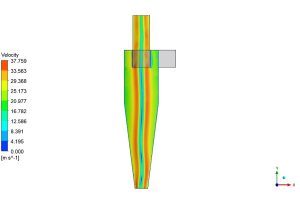
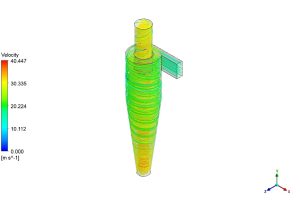
Figure 4: Velocity streamlines visualizing the powerful vortex that drives particle separation in the Cyclone Dust Separators Using DPM Fluent simulation
We pride ourselves on presenting unique products at CFDLAND. We stand out for our scientific rigor and validity. Our products are not based on guesswork or theoretical assumptions like many others. Instead, most of our products are validated using experimental or numerical data from valued scientific journals. Even if direct validation isn’t possible, we build our models and assumptions on the latest research, typically using reference articles to approximate reality.
Yes, we’ll be here . If you have trouble loading files, having technical problems, or have any questions about how to use our products, our technical support team is here to help.
You can load geometry and mesh files, as well as case and data files, using any version of ANSYS Fluent.
€205 Original price was: €205.€175Current price is: €175.

€155 Original price was: €155.€95Current price is: €95.

€240 Original price was: €240.€125Current price is: €125.

€265 Original price was: €265.€155Current price is: €155.

€175 Original price was: €175.€125Current price is: €125.








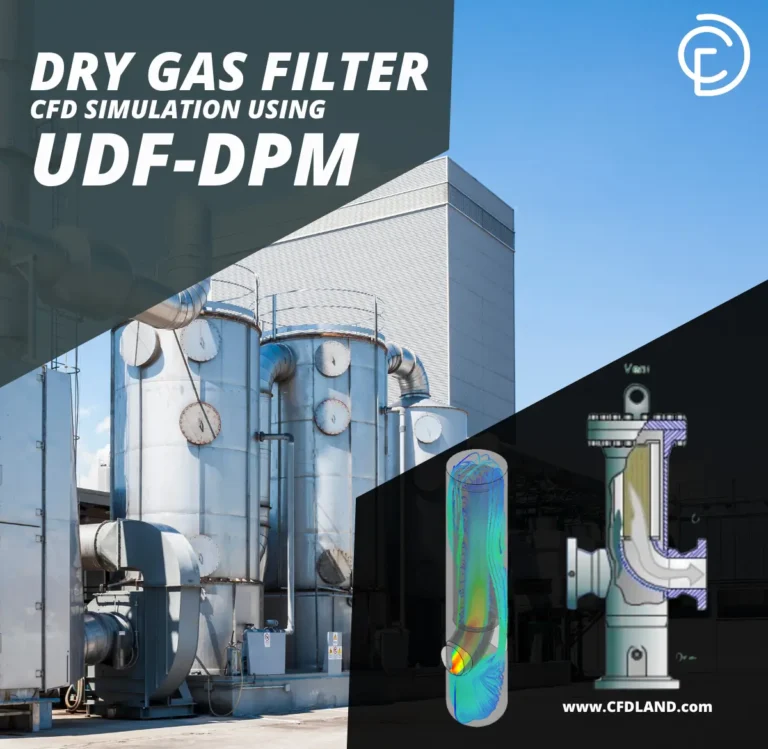
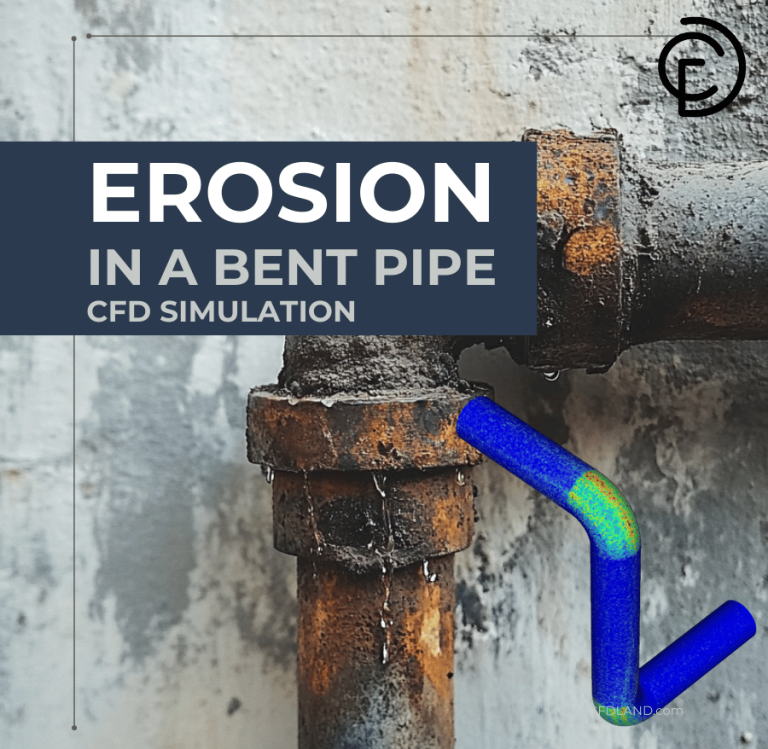

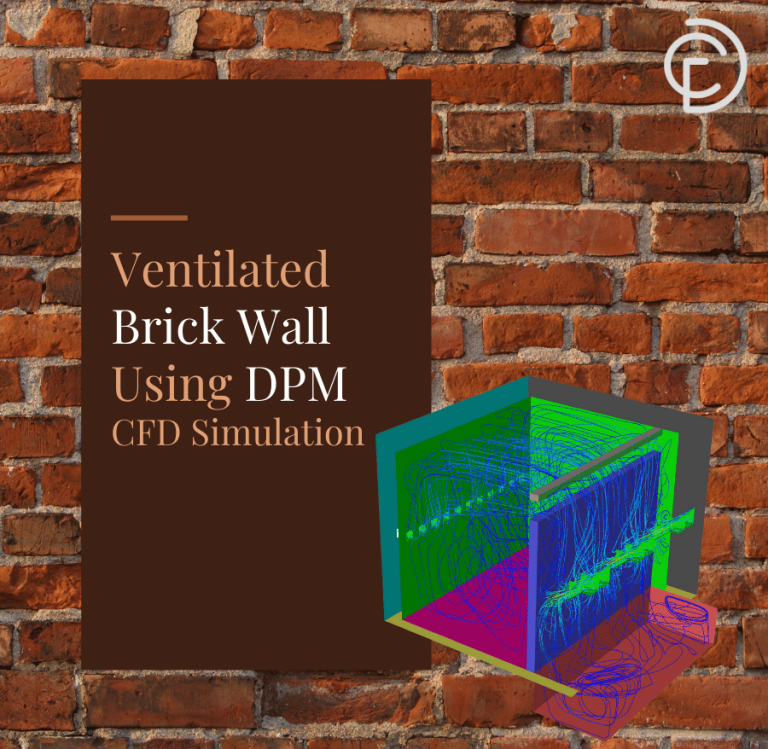
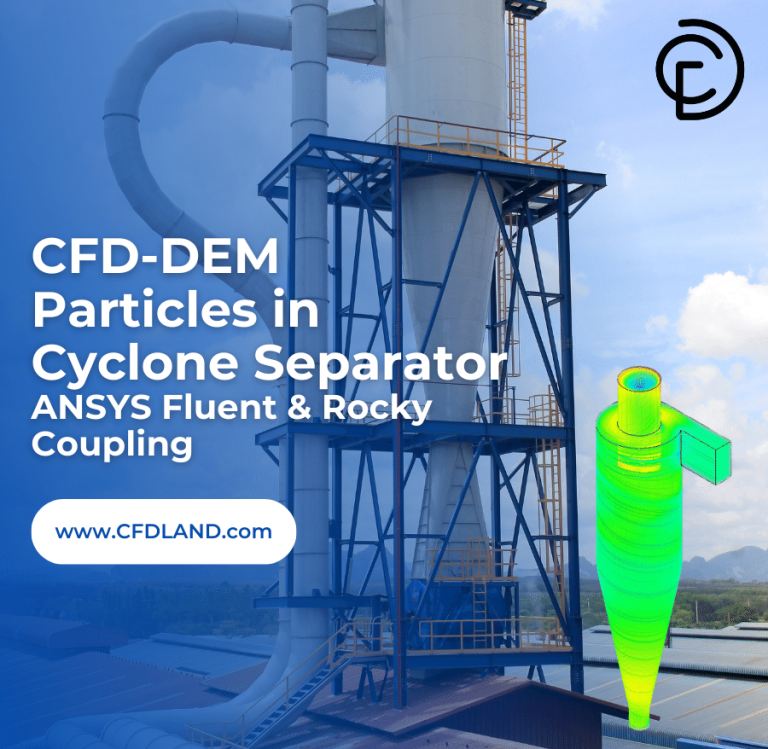
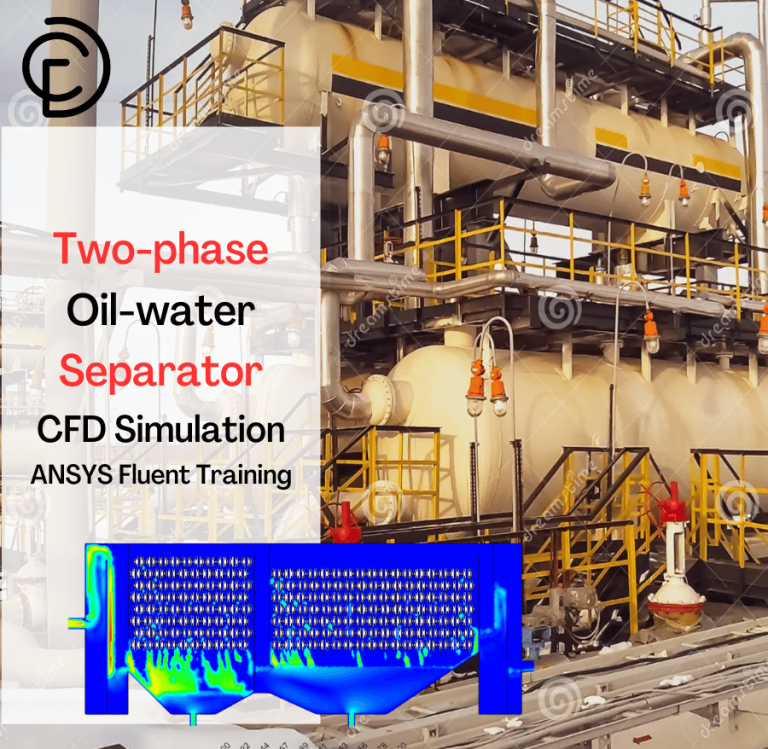
Reviews
There are no reviews yet.